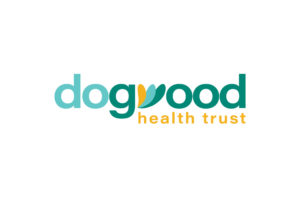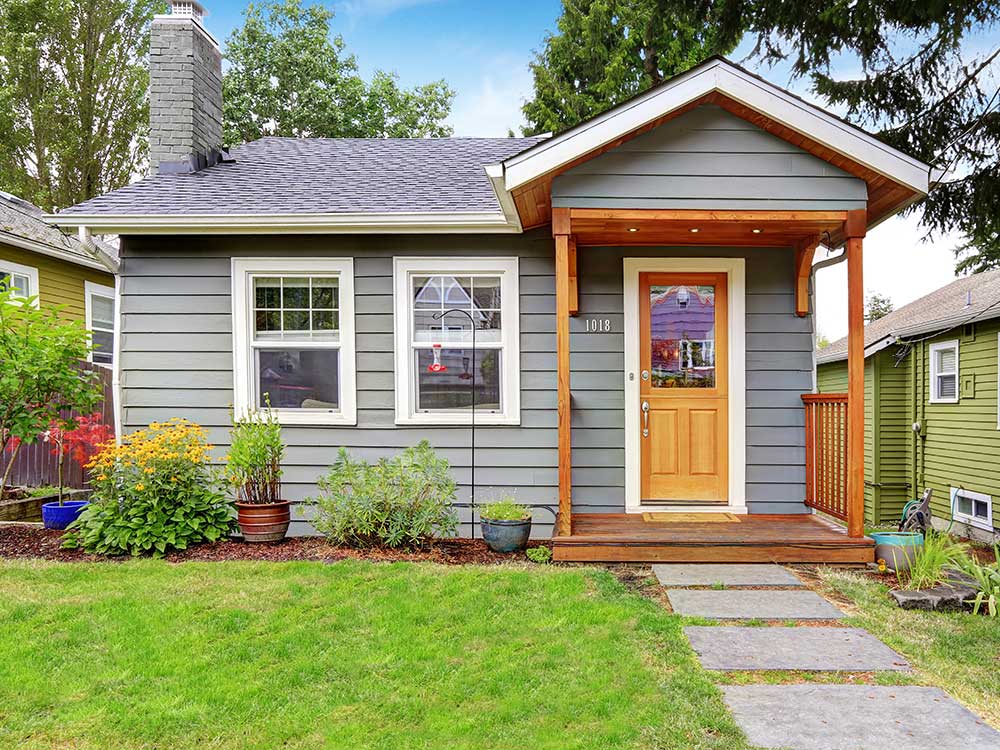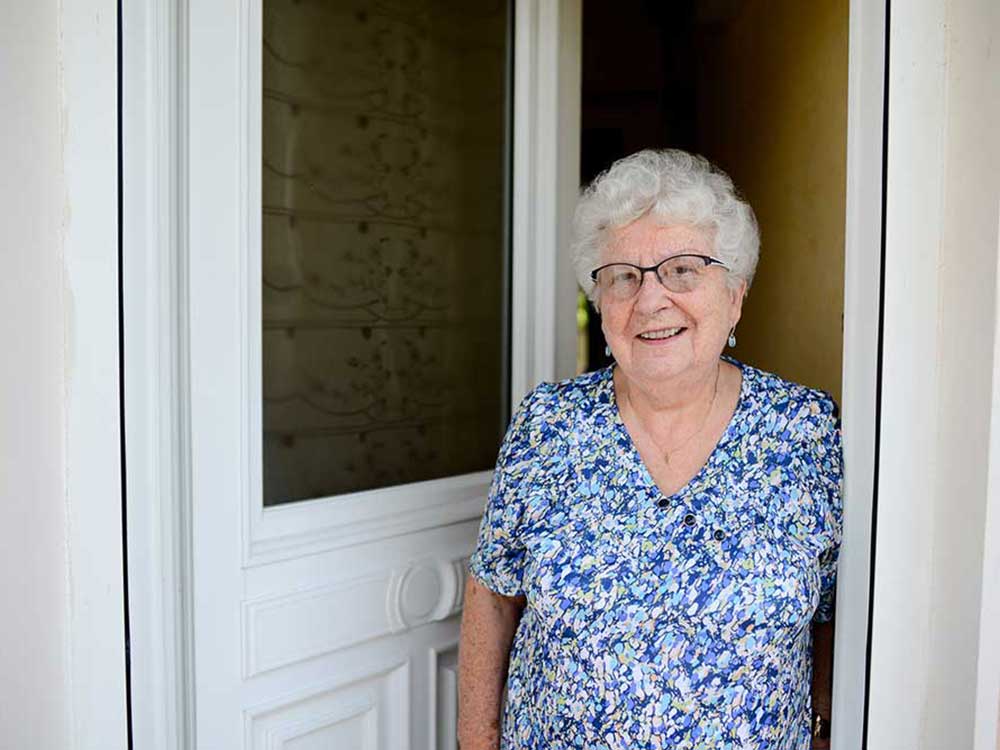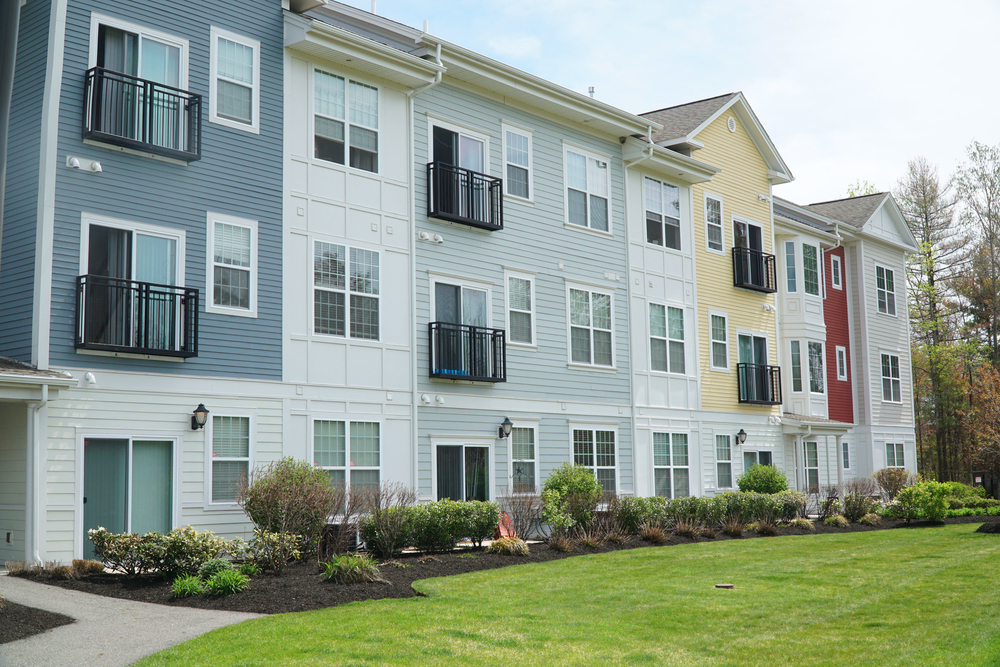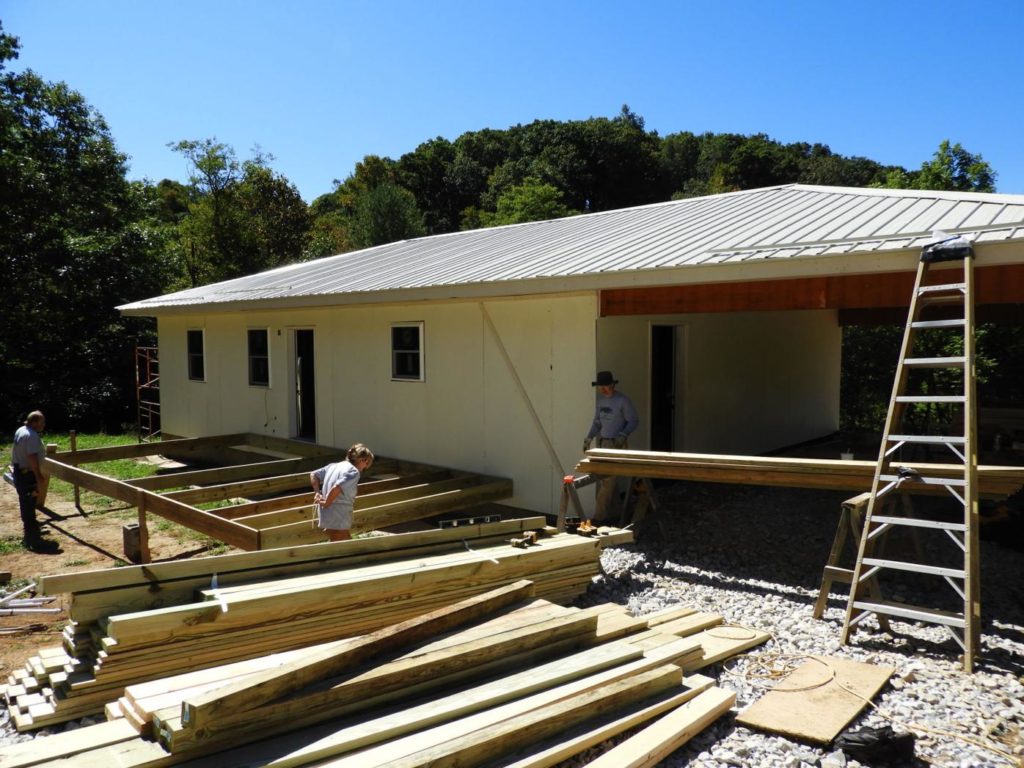Objectives within each of the organization’s four strategic priorities will guide its work and investments over the next several years.
Asheville, N.C. – Dogwood Health Trust today announced the formal release of its goals and objectives within each of the organization’s four strategic priorities: Housing, Education, Economic Opportunity, Health & Wellness. The result of months of research, discussion and planning, the new goals – posted to its website – will guide Dogwood’s work over the next several years.
“This work is the result of months of research, learning, discussion and planning among our Impact Strategy Teams, which are made up of board, committee and staff members,” said Dr. Susan Mims, interim CEO of Dogwood Health Trust. “These teams engaged with local and regional community partners and leaders as well as national experts to identify the opportunities that Dogwood’s can leverage as part of its overall community investment strategy to move toward our vision.”
“The goals and objectives in each of our four Strategic Priorities will frequently include cross- sector approaches and will embrace investments that address needs shared by all – such as broadband access and a focus on equity,” said William Buster, Dogwood’s Senior Vice President of Impact. “Each goal provides ample room for ongoing innovation, partnership and growth, so that we can welcome other opportunities that nonprofit leaders will propose in alignment with our goals.”
Buster also explained that Dogwood’s Impact Strategy Teams are now identifying the metrics they will use to gauge their progress and allow the community to understand the extent to which the strategies are “moving the needle.”
To achieve its defined goals and objectives, Dogwood will continue its grantmaking activities along with impact investing, convening, education and advocacy, capacity building, as well as using its leverage and influence to attract additional partners, investments and allies for Western North Carolina. Additionally, the organization is updating its process for grantmaking in 2022 to include more regular grant cycles and request for proposal (RFP) opportunities to coalesce partners around certain goals for deeper or broader impact.
“We understand that achieving our goals will take many partners and that community collaboration and ownership are absolutely necessary if our region is going to dramatically improve health and wellbeing for everyone,” said Mims. “We are eager to continue the collaboration begun through our strategic planning and investments this year and anticipate that our goals and objectives will continue to evolve as we learn, ensuring that Dogwood’s work aligns with local needs.”
Potential partners and organizations seeking funding from Dogwood are encouraged to explore the goals and objectives on Dogwood’s website and share ideas and questions with the Impact Team.
About Dogwood Health Trust
Dogwood Health Trust is a private foundation based in Asheville, North Carolina with the sole purpose of dramatically improving the health and wellbeing of all people and communities of 18 counties and the Qualla Boundary in Western North Carolina. Dogwood Health Trust focuses on innovative and equitable ways to address the many factors that contribute to overall health and wellbeing, with a focus on housing, education, economic opportunity, and health and wellness. Dogwood Health Trust works to create a Western North Carolina where every generation can live, learn, earn and thrive, with dignity and opportunity for all, no exceptions. To learn more, please visit www.dht.org.

